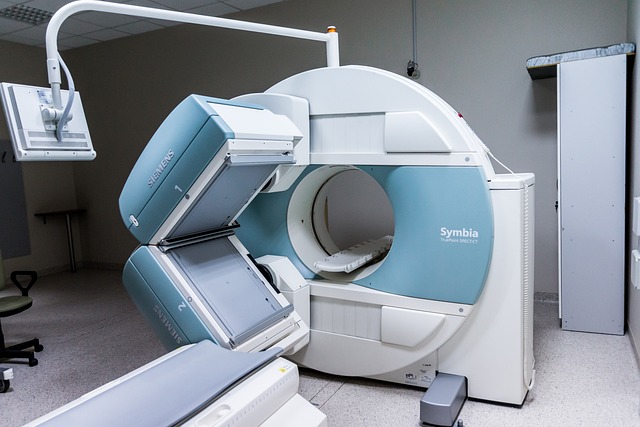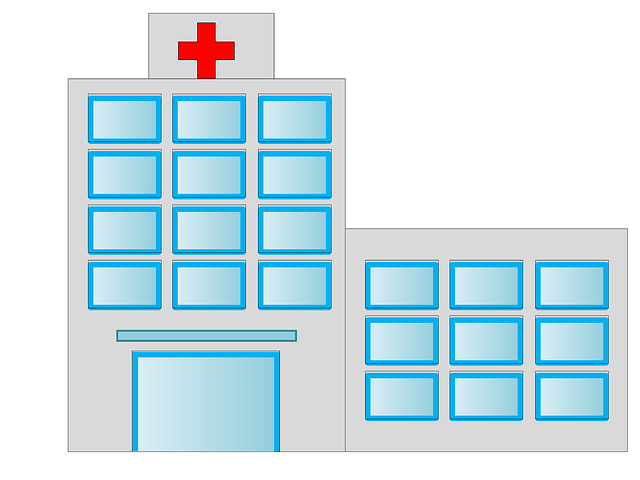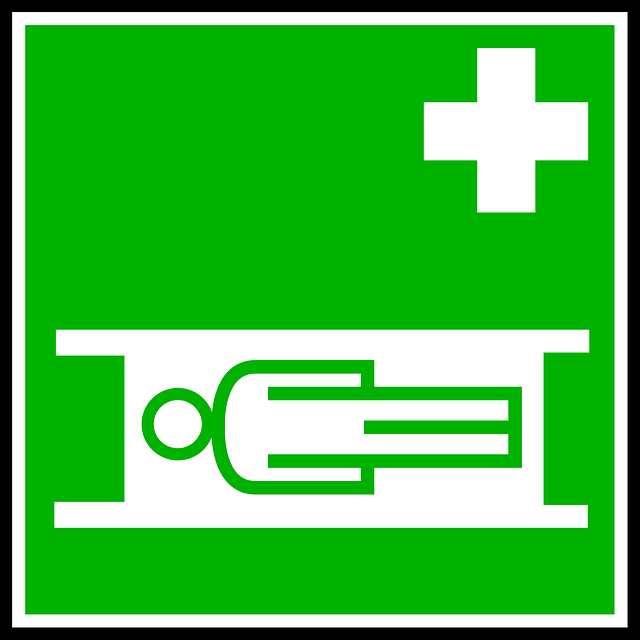In South Africa, individuals must choose between hospital plans and medical aid schemes for healthcare coverage. Hospital plans offer short-term, budget-friendly options with limited provider choice, ideal for specific procedures. Medical aid schemes provide comprehensive, broader coverage at higher premiums, suitable for thorough coverage and frequent medical services users. The best option depends on personal needs: medical aid for extensive care and higher costs, or hospital plans for controlled decisions and lower premiums. Key differences include coverage scope, cost structures, and waiting periods, requiring individuals to evaluate their health needs and financial situation to make an informed decision.
“In South Africa, understanding the nuances between hospital plans and medical aid schemes is crucial for making informed health decisions. This article delves into these two popular healthcare options, highlighting their distinct features. We explore key differences in coverage, benefits, and costs to help you decide which is better suited for your needs. By weighing pros and cons, you’ll gain clarity on choosing between hospital plans and medical aid, ensuring optimal healthcare while managing your budget.”
- Understanding Hospital Plans and Medical Aid Schemes in South Africa
- Key Differences Between Hospital Plans and Medical Aid Coverage
- Pros and Cons of Each Option: A Comprehensive Analysis
- Determining the Best Fit for Your Health Needs and Budget
- Making an Informed Decision: Factors to Consider When Choosing Between Hospital Plan and Medical Aid
Understanding Hospital Plans and Medical Aid Schemes in South Africa

In South Africa, both hospital plans and medical aid schemes play crucial roles in ensuring accessible healthcare for citizens. However, understanding the nuances between the two is essential when deciding which is better suited for your needs. Hospital plans are typically short-term insurance options that cover specific procedures and treatments within a network of approved hospitals. They often have lower premiums but may offer limited choice in healthcare providers. On the other hand, medical aid schemes are long-term, employer-driven or individual subscription-based programs designed to provide comprehensive medical coverage for a range of health services, including hospital stays.
When considering which is better between a hospital plan and medical aid, it depends on your personal circumstances and preferences. If you’re looking for broader coverage and don’t mind higher premiums, medical aid might be the superior choice. Conversely, if you prefer more control over healthcare decisions and budget-friendly options, a hospital plan could offer a better fit. Understanding these distinctions is key to making an informed decision tailored to your healthcare requirements.
Key Differences Between Hospital Plans and Medical Aid Coverage

When comparing hospital plans and medical aid, understanding their key differences is essential in determining which option suits your healthcare needs best. One significant distinction lies in the scope of coverage; hospital plans typically cover inpatient treatment and related services within a network of hospitals, while medical aid schemes offer a broader range, including outpatient care, specialist consultations, and even certain preventive measures.
Another critical aspect to consider is the financial burden. Medical aid usually involves monthly contributions or premiums, which can vary based on your age, health status, and the chosen plan. In contrast, hospital plans may have different structures, often with specific in-network and out-of-network cost implications. Which option is better depends on personal circumstances; for those frequently requiring medical services, medical aid’s comprehensive coverage might be more advantageous, while hospital plans could be suitable for individuals seeking primarily inpatient care.
Pros and Cons of Each Option: A Comprehensive Analysis

When deciding between a hospital plan and medical aid in South Africa, understanding their unique advantages and drawbacks is key to making an informed choice. Hospital plans offer extensive cover for specific treatments and procedures within a network of hospitals, often with lower out-of-pocket expenses for patients. Pros include wide coverage options, flexibility, and the convenience of choosing any hospital within the plan’s network. However, cons may include limited choices for specialized care, potential waiting periods for non-emergency procedures, and higher co-pays or deductibles.
On the other hand, medical aid provides a broader range of benefits, including not just hospital stays but also general medical services, specialist consultations, and prescription drugs. Advantages include comprehensive coverage, access to a wide network of healthcare providers, and often better rates on preventative care. Yet, drawbacks can be higher monthly premiums, limitations on specific treatments or conditions, and potential gaps in cover during periods of inactivity or non-payment. Comparing these options requires evaluating personal health needs, financial considerations, and the trade-offs between convenience and cost to determine which is better for individual circumstances.
Determining the Best Fit for Your Health Needs and Budget

When deciding between a hospital plan and medical aid, it’s crucial to assess your individual health needs and financial situation. Both options have their advantages; understanding which one aligns better with your circumstances is key. Medical aid typically offers more comprehensive coverage for routine check-ups, preventive care, and specialist visits, making it attractive for those with recurring health issues or families requiring regular medical attention. On the other hand, hospital plans excel in providing access to a wide range of hospitals and specialists, often at lower out-of-pocket expenses, which can be advantageous for unforeseen events or specific medical procedures.
Your budget plays a significant role in this decision. Medical aid usually involves monthly contributions or premiums, which can vary based on the plan’s scope and your age. Hospital plans, while offering excellent coverage, might have varying costs associated with different hospitals and specialists. Comparing the long-term financial implications of each option is essential to determine which one offers better value for money in the context of your health needs.
Making an Informed Decision: Factors to Consider When Choosing Between Hospital Plan and Medical Aid

When deciding between a hospital plan and medical aid in South Africa, it’s crucial to weigh the benefits and drawbacks of each option. Consider your healthcare needs, budget, and long-term financial goals. Hospital plans typically offer more extensive coverage for specific treatments, such as major surgeries or specialised care, but may have higher out-of-pocket expenses. On the other hand, medical aid schemes often provide a broader range of benefits, including routine check-ups and preventive care, with potential savings on monthly premiums.
Several factors influence which option is which is better for you: your age, overall health, family history, lifestyle choices, and desired level of cover. It’s essential to compare the specific plans available in South Africa, reviewing their inclusion of in-patient and out-of-patient services, as well as any exclusions or limitations. Understanding these nuances will empower you to make an informed decision tailored to your unique circumstances.
When deciding between a hospital plan and medical aid in South Africa, understanding your health needs and budget is key. Both options offer valuable coverage, but with distinct differences in costs, benefits, and accessibility. By weighing the pros and cons of each, you can make an informed decision that best suits your circumstances. Ultimately, the choice between a hospital plan or medical aid depends on personal preference and specific healthcare requirements, ensuring you’re prepared for any medical eventuality.







